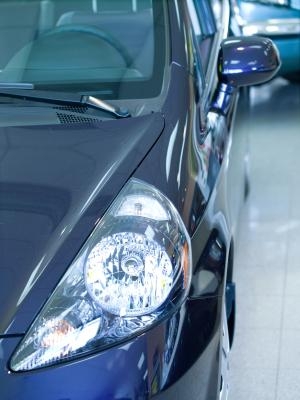
A turbo charger, or turbo for short, is a system that compresses the air that goes into the intake side of an internal combustion engine or motor. This creates power for the motor. Turbos increase the air going into the engine which in turn increases the power of the motor. Many vehicles have turbo chargers on them to create more power for the vehicle.
The most common reason for a blown turbo is a failed seal. Seals are made of rubber that is resistant to high heat. As with any rubber product, turbo seals become brittle over time. Once the rubber seal is brittle enough to crack, the cracks cause leakage which results in a blown turbo.
Heat in a turbo is produced two ways. The primary heat is from the exhaust gasses that spin the turbine. Exhaust coming from a motor is extremely hot because it is coming from the compressed and ignited fuel and air mixture inside the combustion chamber. The other heat is produced by the high speed that the turbine spins at, which creates friction. This extreme heat causes pressure that may result in broken parts and a blown turbo.
Prolonged exposure to heat can cause the turbo to fail. When the heat causes the rubber seals to deteriorate and crack, the oil inside the turbo's turbine leaks out. Leaking oil equates to not enough oil in the turbo to keep the system lubricated. If the system is not lubricated, the bearings will seize up and will result in a blown turbo.
The chamber where the compressed air is pushed through can develop stress fractures from rapid heating and cooling or from receiving a blow from a rock or other object that is foreign to the engine bay of the vehicle. When this occurs there is no longer any way for the turbo to compress air.